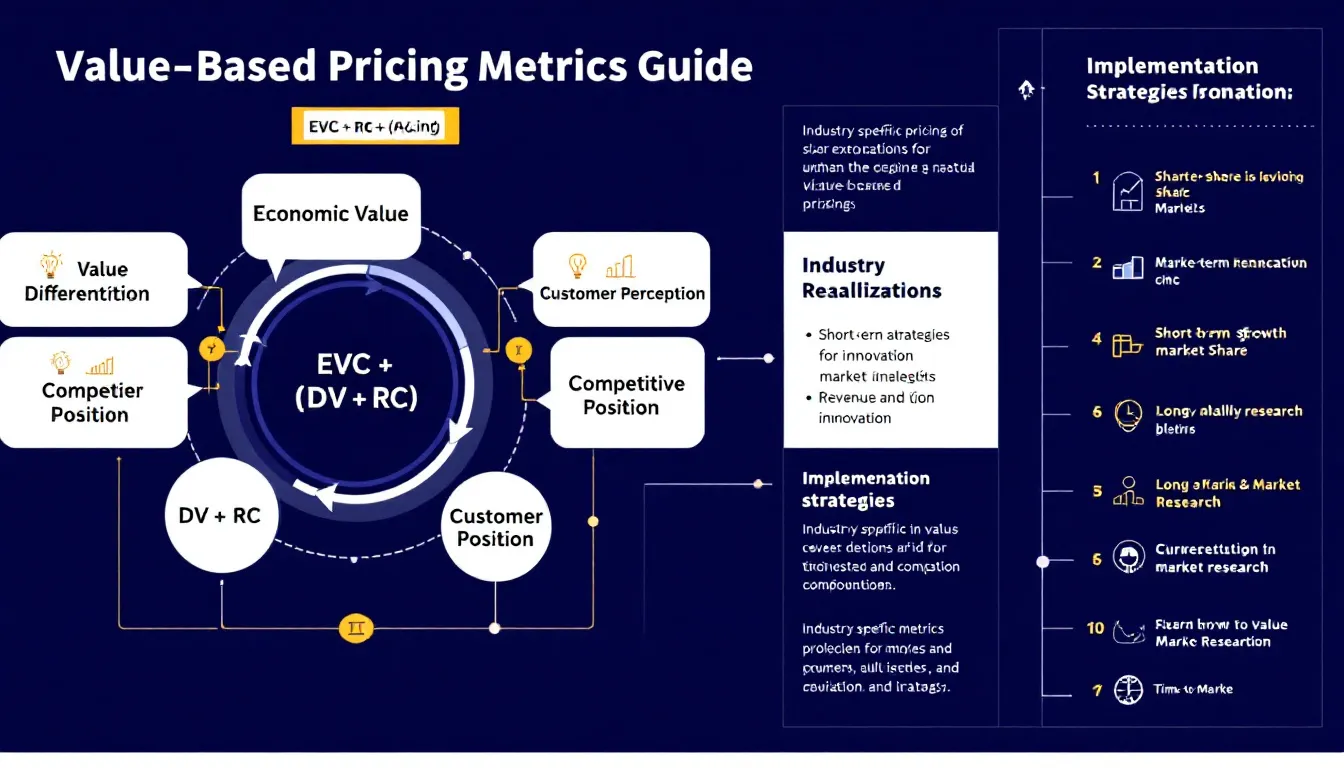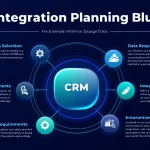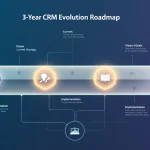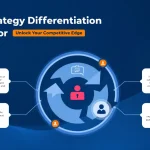Is this tool helpful?
How to Use the Value-Based Pricing Metrics Calculator Effectively
Use this calculator by filling out the fields with detailed information about your product or service. Providing clear and specific inputs helps generate accurate pricing metrics tailored to your value proposition.
-
Product or Service Description: Describe your offering clearly, highlighting features and unique capabilities.
Example 1: “AI-driven customer support chatbot with multi-language capabilities, seamless CRM integration, and 24/7 availability.”
Example 2: “SaaS-based project management tool with customizable dashboards, Gantt charts, and automated resource allocation.” -
Value Proposition: Explain the specific benefits users gain from your product.
Example 1: “Cuts customer service response time by 60%, reduces operational costs by 25%, and improves customer satisfaction scores.”
Example 2: “Increases project delivery speed by 30%, reduces resource wastage by 15%, and enhances team collaboration.” -
Target Audience: Identify your ideal customers by industry, size, or characteristics.
Example 1: “Mid-sized e-commerce companies seeking cost-effective customer service automation.”
Example 2: “Technology startups needing agile project management solutions for distributed teams.”
What Is the Value-Based Pricing Metrics Calculator and How It Benefits You
The Value-Based Pricing Metrics Calculator helps you translate your product’s unique value into actionable pricing insights. By aligning your pricing strategy with the actual value delivered to customers, this tool lets you make informed decisions that optimize profitability and market positioning.
By quantifying customer benefits, the calculator supports:
- Pricing models that reflect your product’s true worth.
- Clear communication of how your solution improves customer outcomes.
- Competitive pricing that stands out in your market.
- Faster decision-making aligned with customer expectations.
Practical Use Cases for the Pricing Metrics Calculator
This calculator suits various sectors and business models. Here are two practical examples demonstrating the tool’s application:
Example 1: Subscription Software Pricing
- Annual Subscription Cost: $120,000
- Estimated Customer Cost Savings: $360,000
- Time Efficiency Gains: $180,000
- Competitor Pricing: $160,000
Using the calculator, you estimate the economic value your software delivers and position pricing to emphasize customer ROI compared to alternatives.
Example 2: Consulting Services Pricing
- Average Project Fee: $60,000
- Client Return on Investment (ROI): 350%
- Project Completion Time: 4 months
- Market Advantage: 35% higher client success rate
This example shows how to calculate pricing based on demonstrated results and client value, ensuring fees reflect true service impact.
Core Concepts Behind Value-Based Pricing Metrics
Understanding these key metrics helps you apply the calculator effectively and develop a strong pricing strategy.
Economic Value to Customer (EVC)
EVC measures the total perceived value your product offers compared to the next best alternative. Calculate EVC with this formula:
- RC: Reference Cost — the cost of the closest competing product or service
- DV: Differentiation Value — the added value your product delivers beyond the alternative
Value Differentiation Index (VDI)
The VDI compares your total value points to a competitive benchmark, showing how much more (or less) value you deliver proportionally:
Benefits You Gain by Using This Value-Based Pricing Calculator
Strategic Benefits
- Make data-driven pricing decisions linked directly to customer value.
- Improve market positioning with pricing that reflects your product’s true benefits.
- Communicate value clearly to increase customer trust and satisfaction.
- Boost your profit margins through optimized pricing.
- Differentiate effectively in competitive markets.
Operational Advantages
- Simplify and speed up your pricing process.
- Maintain consistent pricing frameworks across your offerings.
- Align sales and marketing efforts around clear value propositions.
- Reduce time spent on pricing decisions.
Strategies for Implementing Value-Based Pricing
Communicating Value to Your Customers
- Quantify value metrics in terms your customers understand.
- Create sales tools focused on value messaging.
- Build case studies and success stories that illustrate benefits.
- Track value realization to demonstrate ongoing impact.
Optimizing Your Pricing Regularly
- Review and update value assessments frequently.
- Analyze competitive positioning to stay relevant.
- Incorporate customer feedback into pricing adjustments.
- Adapt to changes in market dynamics promptly.
Frequently Asked Questions About Value-Based Pricing Metrics
Which value metrics matter most for subscription services?
Focus on user adoption rates, feature usage levels, customer ROI, and time-to-value. These metrics closely track customer success and satisfaction.
How often should I update value-based pricing metrics?
For fast-changing markets, review metrics quarterly. In more stable industries, a semi-annual review ensures your pricing stays aligned with customer expectations.
Can I use value-based pricing in commodity markets?
Yes. Differentiate through quality of service, delivery reliability, or additional value-added features that you can quantify and price uniquely.
Why is customer segmentation important in value-based pricing?
Different customer groups perceive and realize value differently. Segmenting your audience lets you tailor pricing and value communication effectively for each group.
Best Practices for Maximizing Value-Based Pricing
Discovering Value
- Conduct regular interviews with customers to understand real outcomes.
- Document cases where your product drives measurable value.
- Connect value metrics directly to customer goals and results.
- Analyze usage data to spot patterns tied to value creation.
Communicating Value Effectively
- Develop clear messaging focused on real customer benefits.
- Build interactive calculators to demonstrate value impact.
- Train your sales team to explain your value propositions convincingly.
- Gather testimonials and case studies to build trust.
Advanced Considerations for Value-Based Pricing Metrics
Tailoring Metrics by Industry
- Technology: Time-to-deployment, integration complexity, and scalability
- Manufacturing: Increases in output, reductions in defects, and downtime savings
- Professional Services: Productivity gains, client satisfaction, and success rates
- Healthcare: Patient outcomes improvement, adherence to protocols, and cost reductions
Measuring Value Over Time
- Track short-term value indicators immediately after purchase or implementation.
- Evaluate medium-term benefits as customers fully adopt your solution.
- Assess long-term strategic advantages that affect customer business health.
- Consider cumulative value to show total impact across the customer lifecycle.
Important Disclaimer
The calculations, results, and content provided by our tools are not guaranteed to be accurate, complete, or reliable. Users are responsible for verifying and interpreting the results. Our content and tools may contain errors, biases, or inconsistencies. Do not enter personal data, sensitive information, or personally identifiable information in our web forms or tools. Such data entry violates our terms of service and may result in unauthorized disclosure to third parties. We reserve the right to save inputs and outputs from our tools for the purposes of error debugging, bias identification, and performance improvement. External companies providing AI models used in our tools may also save and process data in accordance with their own policies. By using our tools, you consent to this data collection and processing. We reserve the right to limit the usage of our tools based on current usability factors.







